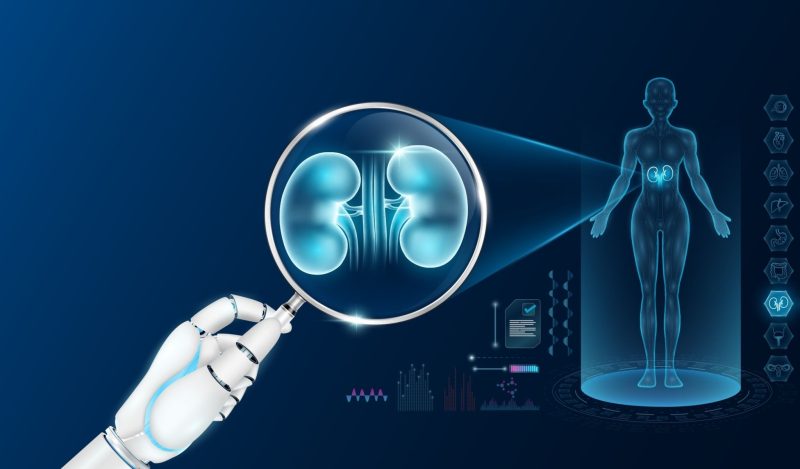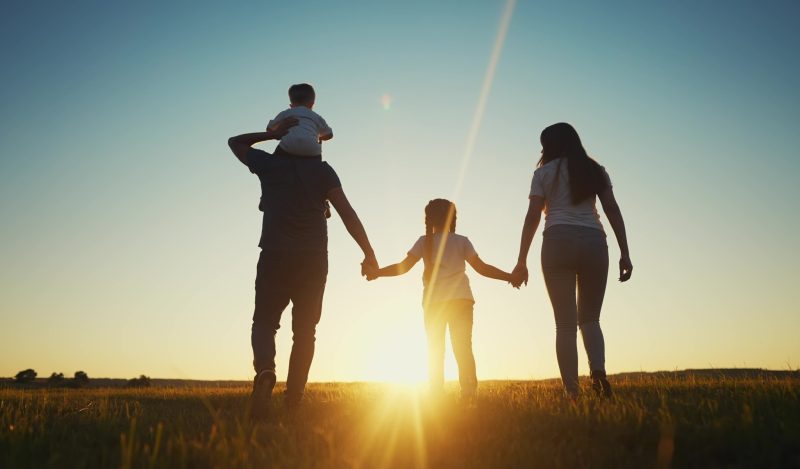In my last essay for Brownstone, I wrote about the economic price colleges and universities have paid for unnecessarily and unwisely shutting down their campuses for months on end during the covid “pandemic:” loss of enrollment, budget cuts, and in some cases, closures. Here, I would like to address the human costs of those disastrous decisions, particularly to students and their families but also to faculty and staff and even communities.
First, let’s acknowledge that all the economic hardships I mentioned in that earlier piece do indeed come with a human cost. That is, they affect real people. Enrollment declines are not just descending plot points on some graph; they represent actual students who are no longer attending classes and getting degrees.
It’s common these days to hear conservatives assert that young people don’t need to go to college to be successful, and there is certainly some truth to that. In addition, many conservative parents are understandably reluctant to send their kids off to a state university—or, for that matter, any university—to be indoctrinated into Marxist ideology, as they almost certainly will be. Drexel business professor Stanley Ridgley has written the definitive book on this phenomenon, Brutal Minds: The Dark World of Neo-Marxist Brainwashing on College Campuses.
At the same time, we all know that for many professions, degrees are indispensable. Moreover, it’s still true that, on average, college graduates earn significantly more over their lifetime than those who never went to college. So whether or not college is a public good—a hotly-debated subject—there can be no question that, for a significant number of people, it is generally a private good, one from which nearly every person reading this essay has benefited.
(For readers with high-school-age children, I do offer some suggestions for addressing this dilemma—how do I send my kids off to college without their turning into Maoist revolutionaries by Thanksgiving?—in an essay for American Thinker entitled, “College Tips for Conservative Parents.”)
Thus, when you read that more than 1.3 million students have disappeared from our campuses over the last three years, consider what that means in terms of lost income, not to mention dreams dashed and aspirations thwarted. How many young people who wanted to become doctors, nurses, lawyers, accountants, architects, or teachers will now never achieve those goals? That may well be a loss to society, but it is certainly a loss to them personally. Those young people might pursue other honorable and vital vocations. They might make a decent living. They might even find fulfillment. Nevertheless, they have suffered a loss that can be neither ignored nor repaid.
The same is true for their families, their parents and siblings, and perhaps extended relations, who shared their ambitions and supported them in their aspirations. For well over one million families, the American dream of sending their kids to college so they can make a better life for themselves has all but ended, thanks to our hysterical institutional response to what, for the overwhelming majority of young people, amounts to a mild cold. And unsurprisingly, it is the most marginalized families, those with first-generation and at-risk students, the ones who could have benefited most from the upward mobility represented by obtaining a degree, who have been most affected.
Unfortunately, the problems created by our covid lunacy don’t end with dropout-ism. Since 2020, students’ mental health—already poor to begin with—has gotten significantly worse. According to a survey conducted by the Healthy Minds Network and the American College Health Association, since the covid lockdowns began, “the number of students reporting academic difficulties related to mental health went up.” Even more alarming is that “a quarter of young adults say they have seriously considered suicide since 2020.” The CDC reached a similar conclusion based on its own study, reporting that in June 2020 alone, “one in four people ages 18-24 seriously contemplated suicide.”
All of this, I would argue, is a direct result of extended campus closures.
To be sure, correlation does not prove causation. It can, however, constitute persuasive evidence, depending on how strong the correlation is, what other relevant factors apply, and whether there is an apparent cause of action. Our conclusion that cigarette smoking causes lung cancer, for instance, is based on this kind of inductive reasoning, something I discuss at length in my book, Think Better, Write Better.
So when we notice a sharp decline in students’ mental health beginning in 2020, we have to ask ourselves what new thing was happening at the time. The answer to that is obvious. What else was going on that hadn’t been prior to 2020? Not much. Is it possible that closing classroom buildings or entire campuses, forcing students to go home or stay in their dorm rooms and take their courses online while foregoing virtually all socialization in the interests of “social distancing”—could that cause young people to become depressed or even suicidal?
Well, yes. Of course. It would certainly make me depressed.
For me, then, the evidence is overwhelming: By closing our campuses for extended periods of time, we did great mental and physical harm to the young people in our care, probably leading many to commit suicide who otherwise would not have done so. Note that according to the Kaiser Family Foundation, what we might call “accidental suicides”—specifically, deaths from opioid overdoses—have also risen sharply in this same age group. The pain experienced by those young people’s families is beyond imagining.
Nor is it just the students and their families who have suffered. When campuses close or have significant budget reductions and cut programs and services, people—faculty and staff—lose their jobs. Many have families of their own. Businesses that rely on college students lose revenue and may also have to close. The tax base contracts, affecting public schools and other services.
In short, in our unhinged pursuit of a covid-free fantasyland, we wreaked untold and immeasurable havoc on the entire higher education ecosystem. Whether this is reversible remains to be seen. But for the damage not to be permanent, we must at the very least resolve never to do it again. Another round of campus closures like the last one will likely permanently destroy higher ed as we know it.
Published under a Creative Commons Attribution 4.0 International License
For reprints, please set the canonical link back to the original Brownstone Institute Article and Author.









